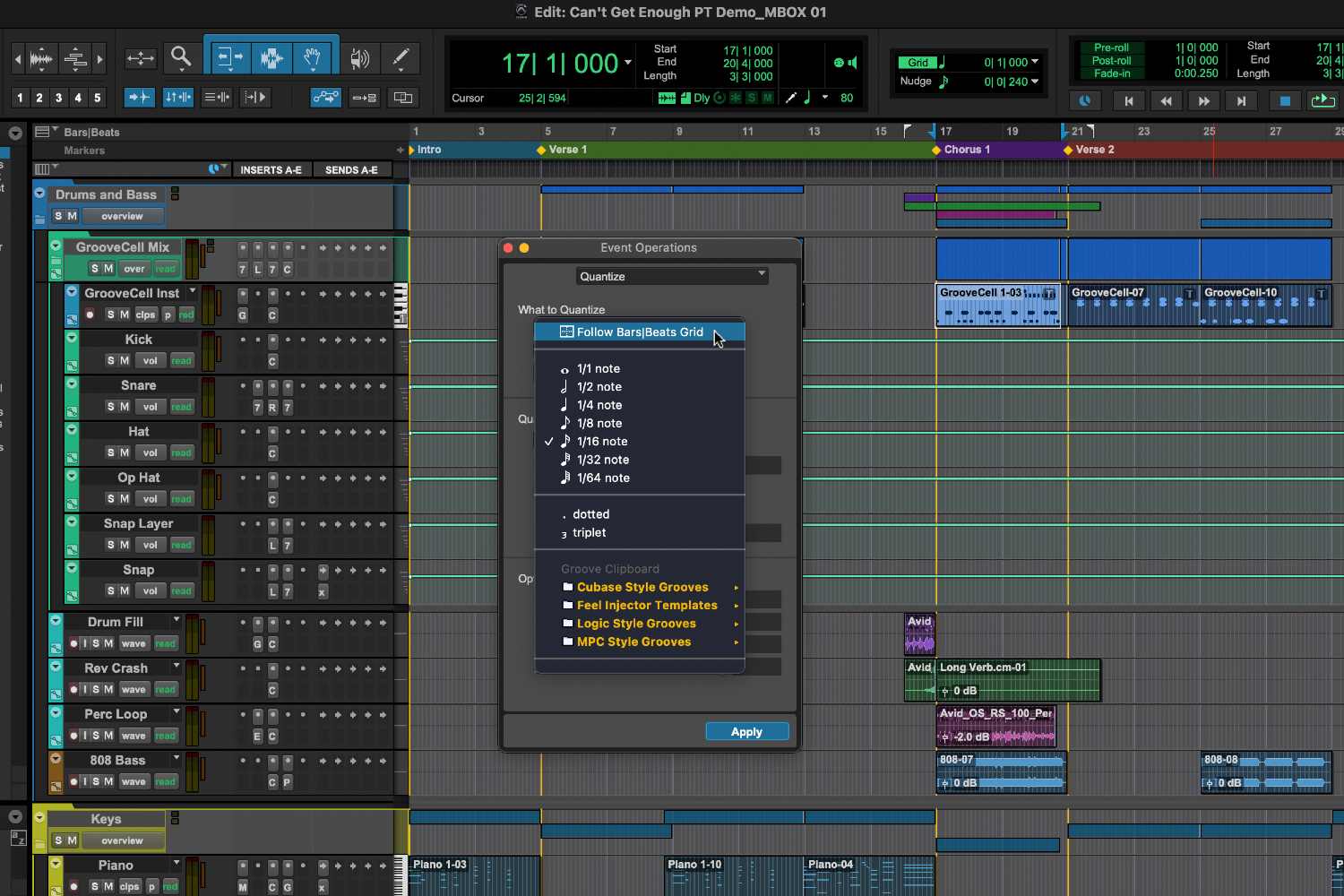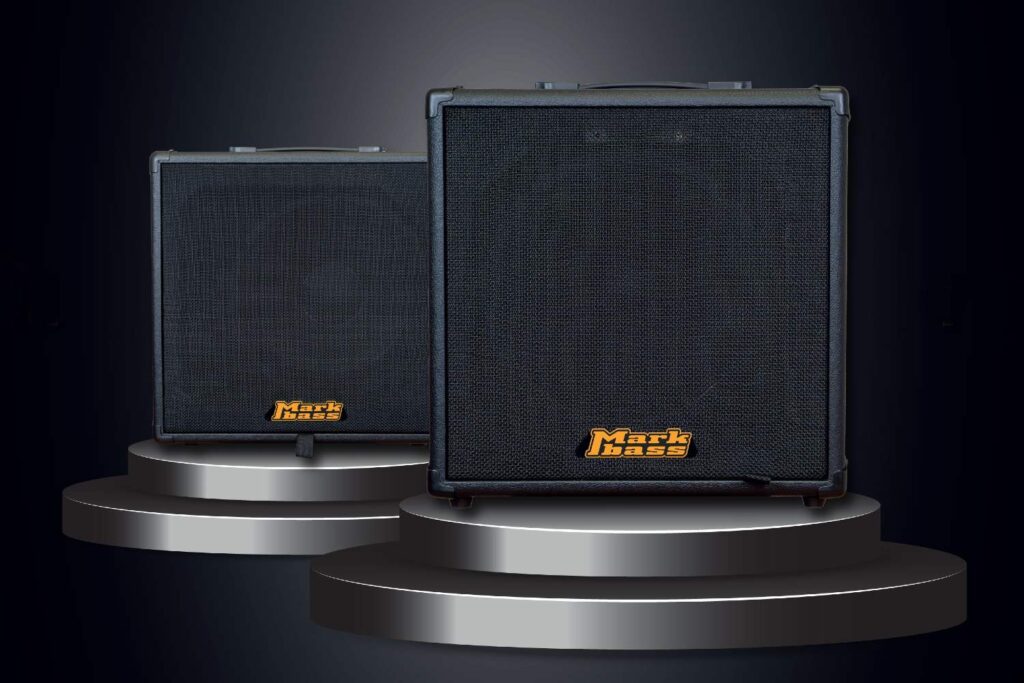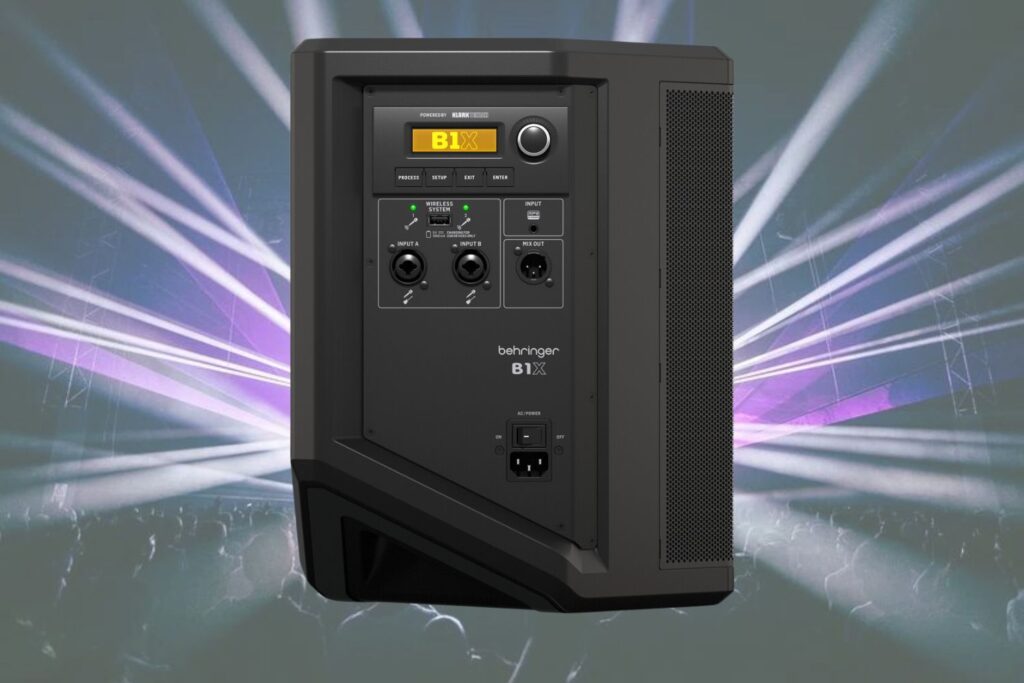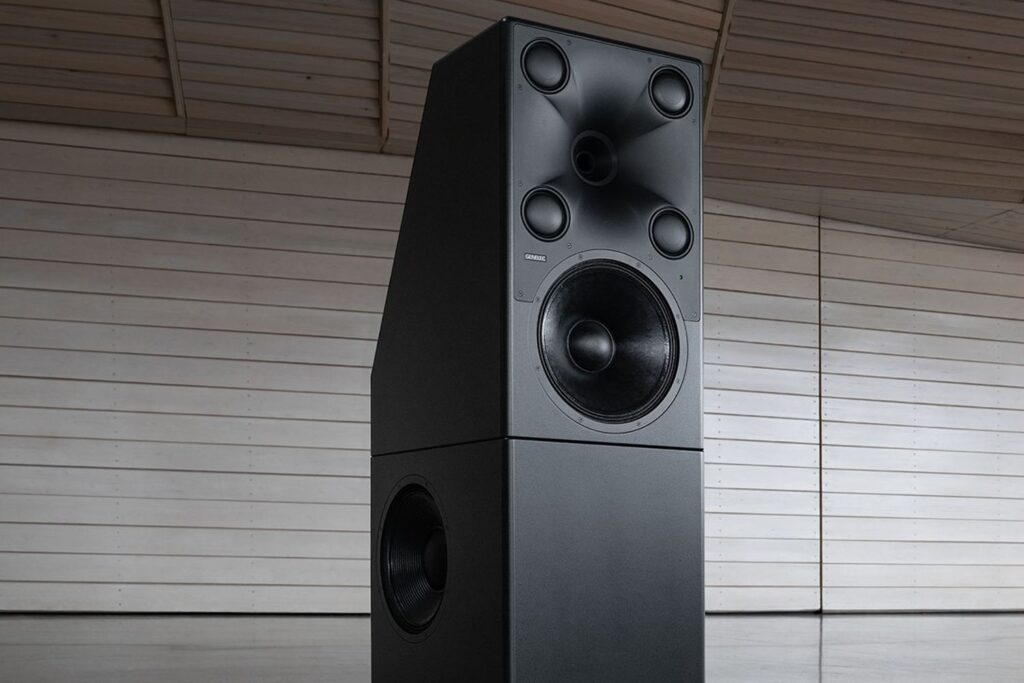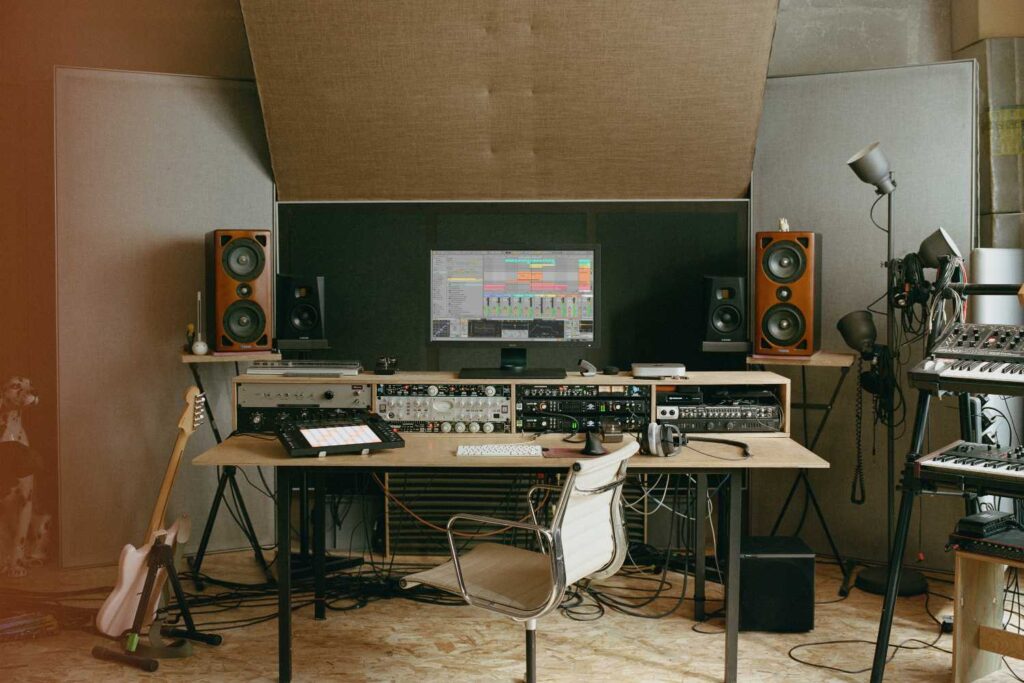As well as a new timecode video overlay feature
Pro Tools 2022.6 is out now and includes enhancements to Dolby Atmos, MIDI, as well as a new timecode video overlay.
What you need to know:
- Pro Tools 2022.6 is out now and includes enhancements to Dolby Atmos, MIDI, as well as a new timecode video overlay.
- Increase to Dolby Atmos workflow speeds includes the ability to offline bounce Dolby Atmos re-renders, dramatically improved ADM bounce times, and the ability to link to WAV ADM BWF files.
- MIDI improvements include a quicker quantisation workflow, auto-expanding grid/nudge displays, and the ability to open the docked MIDI editor.
Read all the latest product news here.
Increase to Dolby Atmos workflow speeds includes the ability to offline bounce Dolby Atmos re-renders, dramatically improved ADM bounce times, and the ability to link to WAV ADM BWF files.
You can now quickly generate channel-based mixes, such as 5.1, LoRo, and even a binaural headphone mix without going through the process of generating an ADM, importing it into the Dolby Atmos renderer, and then doing a separate export of the re-renders from the renderer. This is great if you need to send off any temp mixes for review.
Additionally, while you are bouncing you can simultaneously generate both re-renders and an ADM file. There is minimal impact to export time because both processes happen at once.
Pro Tools is now able to reuse one of the most time-consuming parts of the export process, which is analysing all of the pan automation in the session to convert it into a Dolby Atmos mix.
Timecode may now be displayed in the video window (Ultimate only) or on a hardware client monitor. This makes it far easier for the talent or engineer to see the position of the session when working with pictures.
The timecode can also be included in a bounced QuickTime file, simplifying the process of handing off files for review and communicating about specific parts of the mix.
MIDI improvements include a quicker quantisation workflow, auto-expanding grid/nudge displays, and the ability to open the docked MIDI editor instead of the window editor by double-clicking on a MIDI clip.
Read more here.
